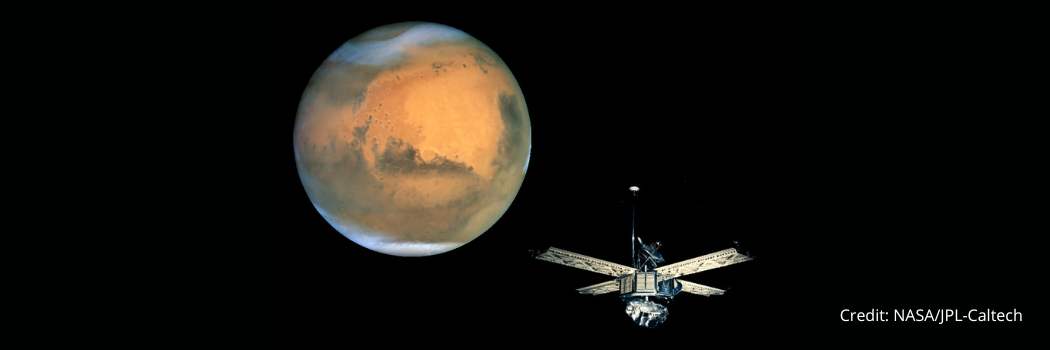Cave discoveries on Mars could unveil secrets of alien life

Our scientists have identified dozens of potential cave entrances on the surface of Mars using cutting-edge artificial intelligence (AI) techniques.
This remarkable result, detailed in the journal Icarus, has implications for both the search for extraterrestrial life and future human exploration missions.
Revolutionising planetary exploration
Martian caves are regarded as prime targets in the quest to uncover evidence of past or present life on the planet.
These subterranean environments could act as time capsules, preserving biosignatures and other traces of life that may have once existed on the now-inhospitable surface.
In addition to their astrobiological significance, Martian caves also represent potential safe havens for future human explorers.
These natural formations could provide much-needed shelter from the harsh Martian environment, including intense radiation, extreme temperature fluctuations, and destructive dust storms.
AI-powered discovery
The team used machine learning techniques to scour images of the Martian surface to identify potential cave entrances.
By developing a convolutional neural network called ‘CaveFinder’, the researchers were able to scour vast datasets of Martian surface imagery, identifying 61 new potential cave entrances.
As humanity pushes deeper into the final frontier, innovations incorporating similar methodologies will be vital in uncovering the secrets of alien worlds.
Find out more
- This study was carried out by Professor James Baldini and Thomas Watson.
- Read the full paper published in Icarus, a Science Direct journal.
- Interested in studying at Durham? Explore our undergraduate and postgraduate courses.
Our Department of Earth Sciences is ranked in the world top 50 by the QS World University Rankings. The department aspires to help shape the future by providing the highest quality education for our students and by undertaking research that is both intrinsically excellent and relevant to society.
Feeling inspired? Visit our Earth Sciences webpages to learn more about our postgraduate and undergraduate programmes.


/prod01/prodbucket01/media/durham-university/departments-/earth-sciences/60228-1-1998X749.jpg)